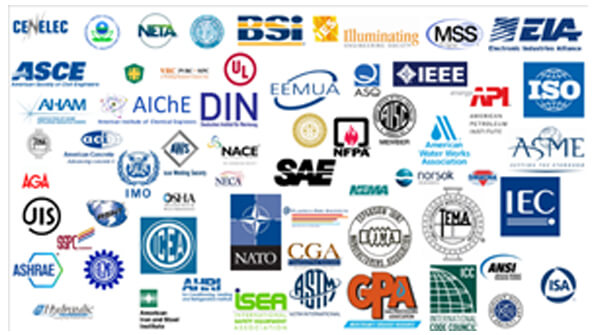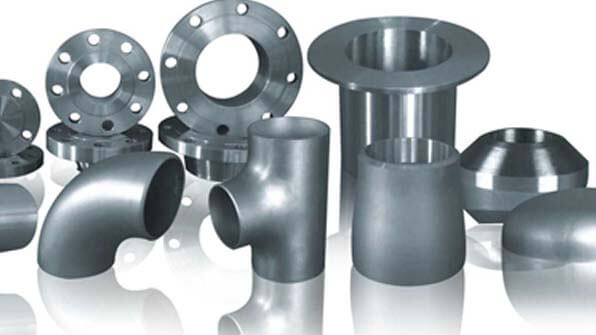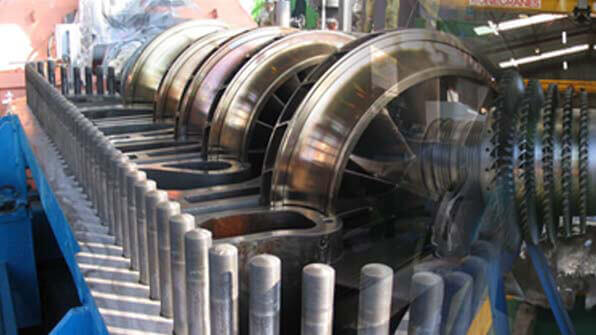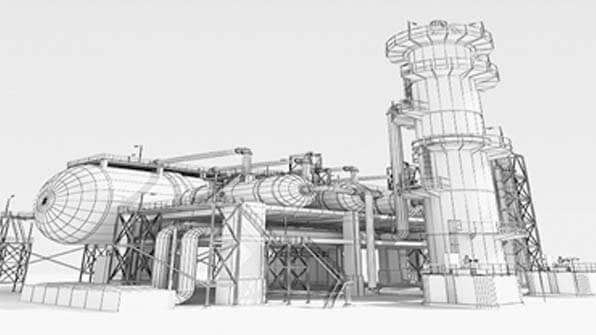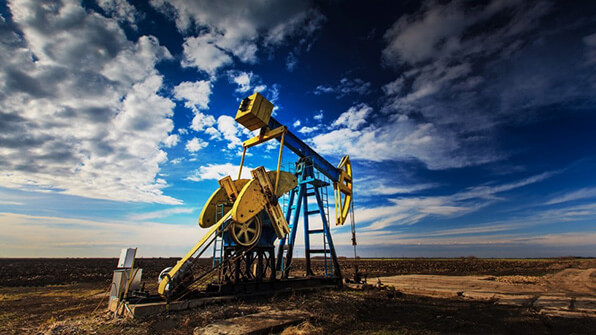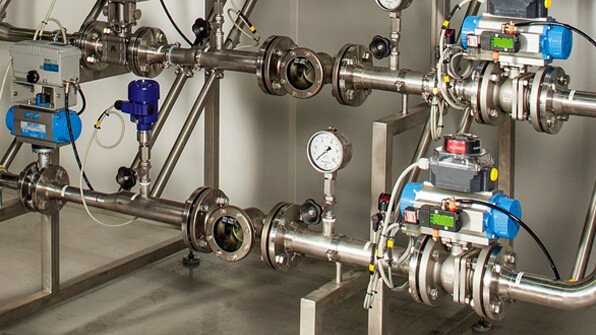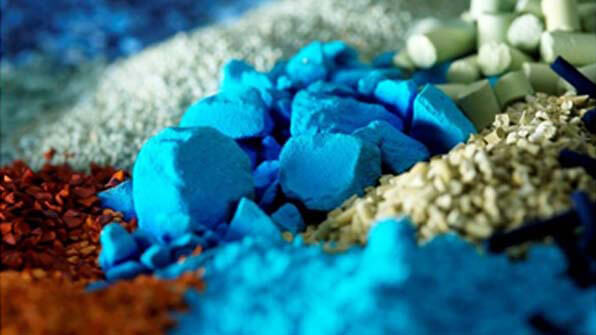B31.3, Process Piping: This code covers the design of chemical and petroleum plants and refineries processing chemicals and hydrocarbons, water, and steam. It contains rules for the piping typically found in petroleum refineries; chemical, pharmaceutical, textile, paper, semiconductor, and cryogenic plants; and related processing plants and terminals. The code prescribes requirements for materials and components, design, fabrication, assembly, erection, examination, inspection, and testing of piping. This code applies to piping for all fluids, including (1) raw, intermediate, and finished chemicals; (2) petroleum products; (3) gas, steam, air, and water; (4) fluidized solids; (5) refrigerants; and (6) cryogenic fluids. Also included is piping that interconnects pieces or stages within a packaged equipment assembly.
B36.10: This standard covers the standardization of dimensions of welded and seamless wrought steel pipe for high or low temperatures and pressures. The word pipe is used as distinguished from tube to apply to tubular products of dimensions commonly used for pipeline and piping systems. Pipe NPS 12 (DN 300) and smaller have outside diameters numerically larger than corresponding sizes. In contrast, the outside diameters of tubes are numerically identical to the size number for all sizes.
B36.19: This Standard covers the standardization of dimensions of welded and seamless wrought stainless steel pipe for high or low temperatures and pressures. The word pipe is used, as distinguished from tube, to apply to tubular products of dimensions commonly used for pipeline and piping systems. Pipes NPS 12 (DN 300) and smaller have outside diameters numerically larger than their corresponding sizes. In contrast, the outside diameters of tubes are numerically identical to the size number for all sizes. The wall thicknesses for NPS 14 through 22, inclusive (DN 350–550, inclusive), of Schedule 10S; NPS 12 (DN 300) of Schedule 40S; and NPS 10 and 12 (DN 250 and 300) of Schedule 80S are not the same as those of ASME B36.10M. The suffix “S” in the schedule number is used to differentiate B36.19M pipe from B36.10M pipe. ASME B36.10M includes other pipe thicknesses that are also commercially available with stainless steel material.

